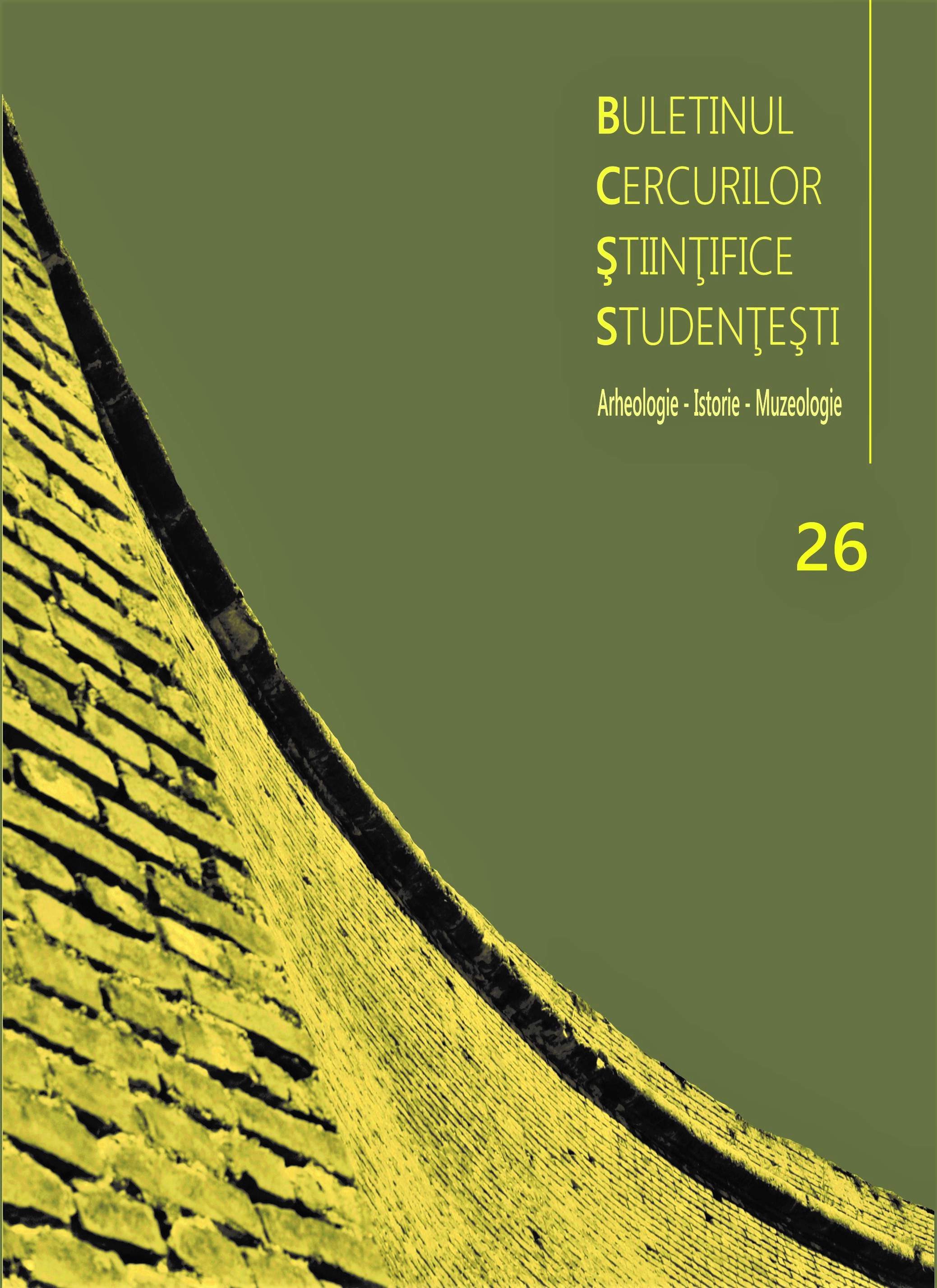COLECTIVIZAREA AGRICULTURII ÎN COMUNA DAIA ROMÂNĂ ÎN PERIOADA 1949-1956
COLLECTIVISATION OF AGRICULTURE IN THE COMMUNE OF DAIA ROMÂNĂ BETWEEN THE YEARS 1949 AND 1956
Author(s): Nicolae-Dumitru PâclișanSubject(s): History, Political history, Recent History (1900 till today), Post-War period (1950 - 1989), History of Communism
Published by: Universitatea »1 Decembrie 1918« Alba Iulia
Keywords: Romanian Communist Party; Alba county; Rural Collectivisation;
Summary/Abstract: The end of the fifth decade of the twentieth century was not a good moment to be a Romanian peasant. The nationalisation of the private property was a low blow to the rural citizens. The Romanian Communist Party was a ruthless organisation that took had reservations when it came to re-educating and dispossessing its own people. A new series of laws and unprepared staff took by storm all the industrial sectors and brought the economy to its knees. A common method of requisition was the deportation of countrymen to remote areas far from the community of origin. Every county had to pick out its most valuable and hard-working communes to participate in the Big Socialist Race. Between 3 and 5 of March 1949 the basics of collectivisation were voted upon by the parliament.The commune here studied was the seventh to submit an application to enter this national project. Daia Română was formed from a single village, meaning that its entire territory fell under the leadership of the hall which was subordinate to the Regional Committee. The beginning was rough for the members of this project. The lack of proper tools and money were the ingredients for a bad start. A “saving hand” came from the National Bank who granted them a 400,000 lei loan. The money was used to buy tools and a truck and to build storage units for agricultural products. Also, they bought some sheep, pigs, cows and materials to build a stable, a coop and a pigsty. The loan was for six years, repaid only by selling the products from the animal farm. The cereals, corn, vegetables and orchard produce were a source of income however. From selling these products and sometimes giving them directly to the people who worked the fields they ensured the folk were at least somewhat pleased with the payments they received. By 1962 the process officially ended and more than 90 percent of the arable land of the country was worked every year.
Journal: Buletinul Cercurilor Științifice Studențești
- Issue Year: 26/2020
- Issue No: 1
- Page Range: 79-92
- Page Count: 14
- Language: Romanian

